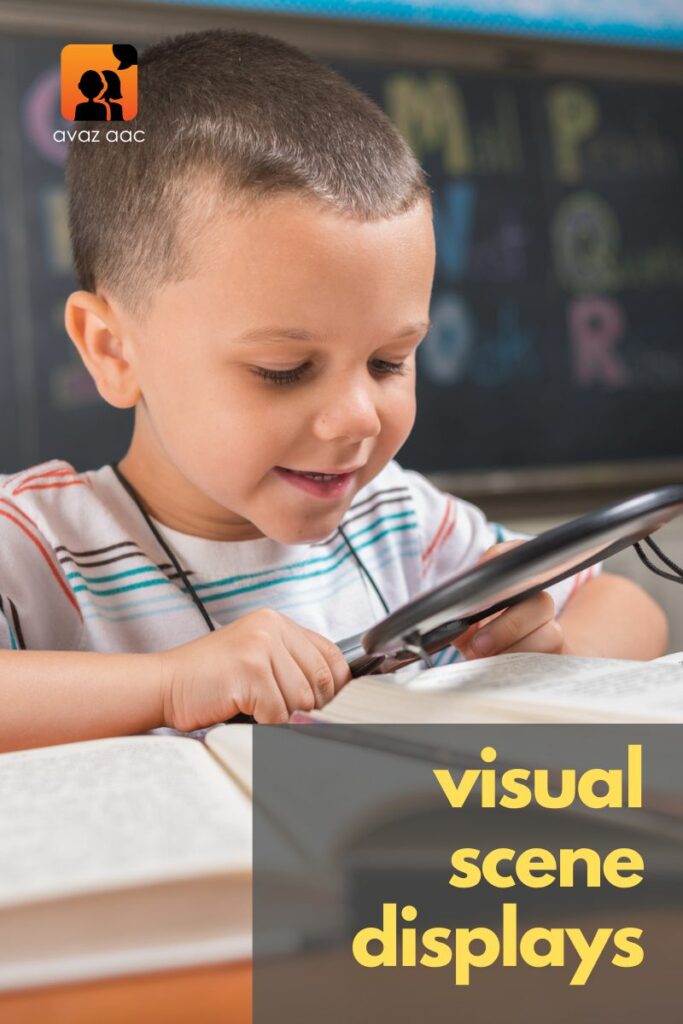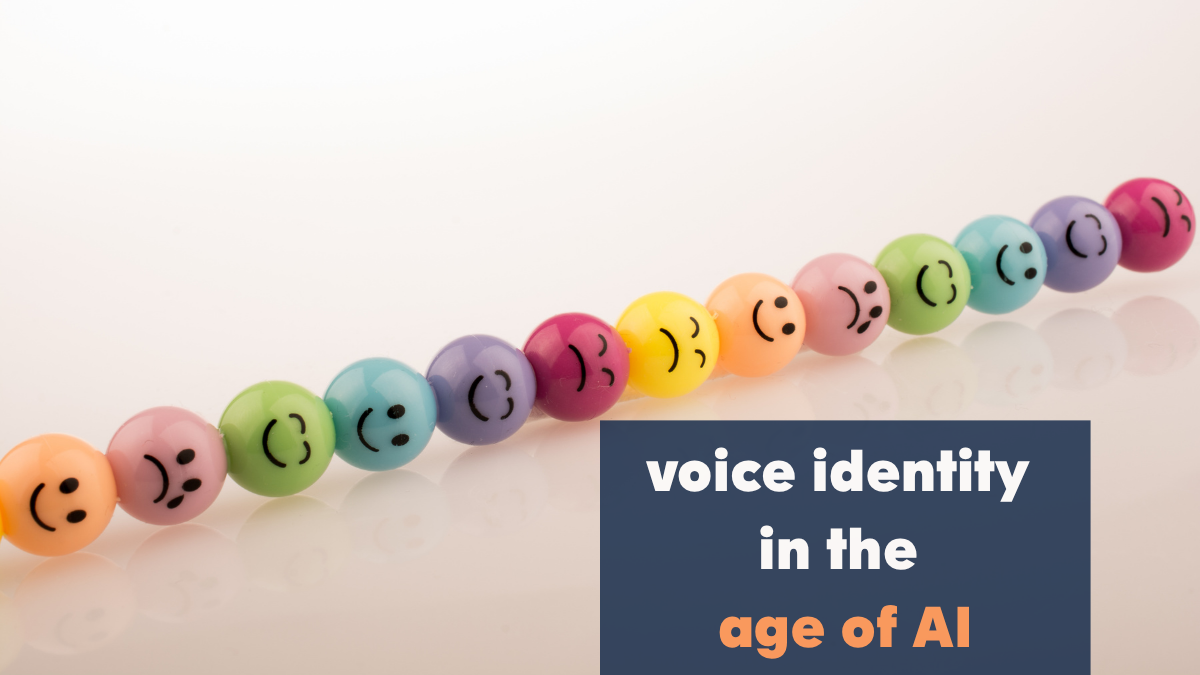

Visual Scene Displays are a crucial aspect of AAC. They help individuals with communication difficulties to communicate effectively. This includes those with autism, speech impediments & other developmental delays. Whether you’re a professional or, a caregiver looking to support a loved one, this blog will provide valuable insights and practical tips to help you understand and utilize Visual Scene Display to its full potential.
What are Visual Scene Displays?
Visual Scene Displays (VSDs) are interactive photos, pictures, visual images depicting images, scenes or events. VSDs allow users to engage with objects in an image, providing an immersive and engaging communicative experience. VSDs can be used as an Augmentative and Alternative Communication (AAC) tool to provide a more contextual and personalized mode for the user to interact with.
A well-designed VSD takes into consideration accessibility. In addition, it allows for a more personalized mode of communication for individuals with complex communication needs.
The Benefits of Visual Scene Display in AAC:
Some of the top benefits of visual scene displays are:
- Provides the AAC user with a very relatable mode of communication.
- Makes it more intuitive for the communicator to associate the meaning of the word with the context.
- It is visually appealing and highly personalized.
- Establishes a common, and shared communication space.
- Could be augmented with grid-based system to provide a holistic representation of a message.
VSDs & Gestalt Learners
Visual Scene Displays can unlock communication potential for Gestalt Language Processors.
Gestalt language processors acquire language in a holistic manner. In order to accommodate the linguistic diversity and inclusion of GLPs, AAC systems cannot rely on isolated symbols alone. This is based on the possibility that GLPs may not be motivated to utilize the AAC system in the same way that isolated words may not be suitable for starting conversations.
Visual Scene Displays are typically designed by taking into consideration multiple aspects, including those mentioned above. Given this approach to design, VSDs may have specific advantages for Gestalt learners.
What Makes a Good Visual Scene Display
What is the best VSD for effective communication? We need to remember that context is key when it comes to creating a good VSD.
Here are some aspects to keep in mind while creating a Visual Scene Display:
- The environmental setting which includes the people, activity and the objects present in it.
- Interaction with the people and the environment.
- Personal relevance to the communicator.
- Clarity of the elements.
Creating a VSD
There has been research that shows that activity based grouping of items is more intuitive to children. Let’s consider the following items/symbols on cards:
| 1. Table | 2. Chair | 3. Dog | 4. Elephant Soft Toy | 5. Lunch Box |
| 6. Apple | 7. Spoon | 8. Books | 9. Park | 10. School |
A child is more likely to group table, chair, lunch box, apple, spoon, books with school. Similarly, they may group dog, elephant toy, and park together.
On the contrary, adults may tend to group items together in a schematic manner such as table & chair, or park & school and so on.
Hence a Visual Scene Display may be a more intuitive way for them to connect things together and feel motivated to learn about them.
Below are some examples of non-interactive Visual Scene Photographs:






Isolating Individual Elements
In the above examples, Canva software was used to crop individual elements from the image. Additionally, the backgrounds have been removed. Having the photo and a grid of the elements next to each other is an intentional design. It can be a way to teach the communicator about the individual elements that are part of the scene.
Isolating individual elements can help in communication across contexts. In the above example we had isolated the three kids from a classroom scene and we have shown them along with a playground as a way to explain communication across contexts.
You can upload such isolated sections to your Avaz AAC and can use them alongside these photographs.
Do you make use of visual scene displays? Let us know your experiences of using VSDs with your communicators in the comment section below.



